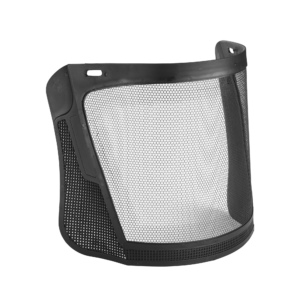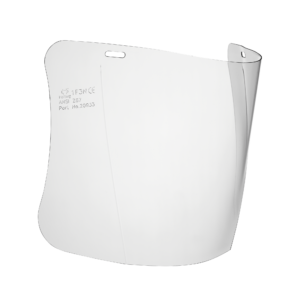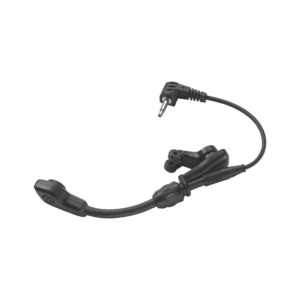High-risk activities demand high standards of safety, particularly when it comes to preventing falls from height. Two safety system terms frequently encountered are Fall Arrest and Fall Restraint. Though these terms are often used interchangeably, they represent two distinct systems with separate applications, advantages, and limitations. This blog post delves into understanding these crucial systems, their differences, and their suitable applications in a professional setting.
Fall Arrest Systems: A Safety Net
A Fall Arrest system is akin to a safety net – it doesn’t prevent a fall but rather manages it to minimize potential injury. Fall arrest systems are specifically designed to safely stop a worker who is in the process of falling. They are typically composed of three key components: an anchor point, a full-body harness, and a connector, such as a lanyard or retractable lifeline.
The choice of components varies based on the circumstances, including the height of the potential fall and the nature of the work. For example, in a scenario where the fall distance is greater, a retractable lifeline might be chosen over a lanyard to allow the worker a greater range of movement.
An important factor to consider with fall arrest systems is the calculation of fall clearance distance. This is the space required to safely arrest a fall before the worker contacts a lower level. It includes the length of the lanyard, the height of the worker, any shock-absorber extension, and a safety factor.
However, Fall Arrest systems are not without limitations. For instance, they cannot prevent a fall – only mitigate it. Moreover, after a fall, the worker is left suspended and awaiting rescue, which can lead to further health complications if not addressed promptly.
Fall Restraint Systems: Prevention Over Cure
On the other hand, Fall Restraint systems are preventive in nature. They aim to eliminate the chance of a fall in the first place. These systems use a combination of a full-body harness, an anchor point, and a lanyard of a fixed length that restricts the worker’s movement to keep them away from the fall hazard.
The advantage of a fall restraint system lies in its prevention capability. By restricting movement, it ensures that workers cannot reach a location where a fall hazard exists.
However, calculating the appropriate length for the restraint line is crucial. If it’s too long, it could allow a worker to reach an unprotected edge, defeating the purpose of the restraint. If it’s too short, it could limit the worker’s ability to perform their task effectively.
Unlike fall arrest systems, there’s no post-fall trauma or rescue operations involved with fall restraint systems since a fall is prevented from occurring in the first place.
Choosing the Right System: Fall Arrest vs Fall Restraint
The decision between a Fall Arrest system and a Fall Restraint system should be based on a thorough risk assessment of the specific working conditions.
In situations where a fall cannot be eliminated entirely, a Fall Arrest system may be the best solution. This could include scenarios where work needs to be conducted at the very edge of a roof or an unstable structure. Remember, the Fall Arrest system is designed to manage a fall that’s already in progress, not prevent it.
Conversely, Fall Restraint systems are ideal for circumstances where work can be performed without the worker reaching the fall risk zone. In these situations, preventing access to the fall risk is both practical and safer.
Training is crucial regardless of the chosen system. Workers need to understand how to correctly use and maintain the equipment. Moreover, in the case of Fall Arrest systems, a rescue plan must be in place and understood by all involved.
Conclusion: Safety First, Always
The debate of Fall Arrest vs Fall Restraint systems is less about superiority and more about suitability. Each has its place within the construction and engineering industries, with the choice hinging on the specific conditions of the working environment.
While we strive to prevent falls at all costs, it’s sometimes necessary to manage them instead. And in such cases, it’s critical to have a reliable Fall Arrest system in place. Conversely, where it’s possible to restrict access to fall risks, a Fall Restraint system becomes the safety measure of choice.
Investing in the right fall protection measures, backed by comprehensive training and a culture of safety, can lead to not just safer but also more productive work environments. After all, no matter the industry, the safety of workers should always be the top priority.



